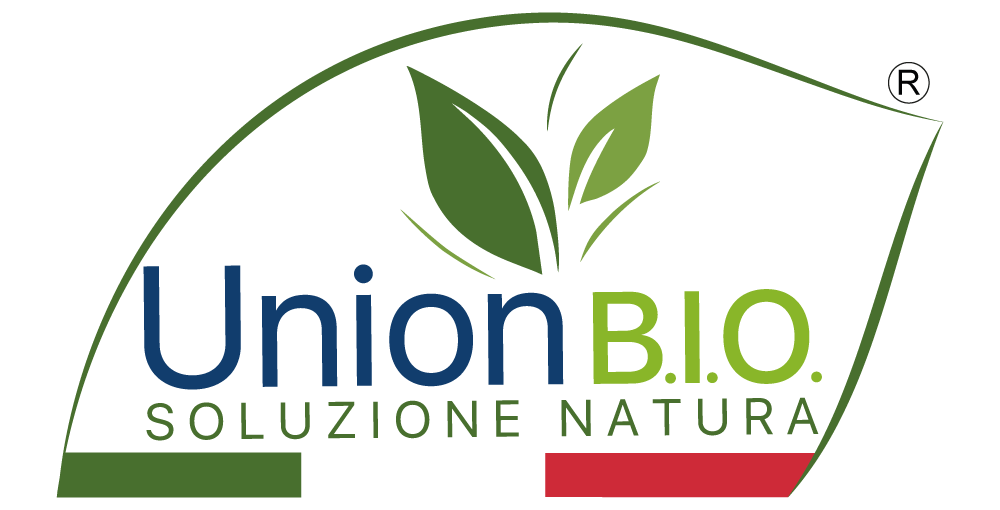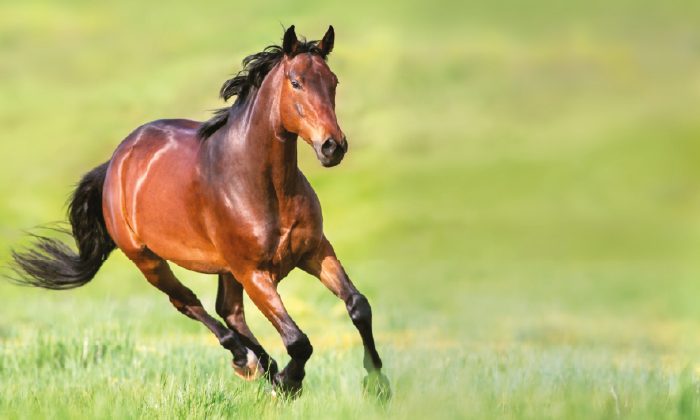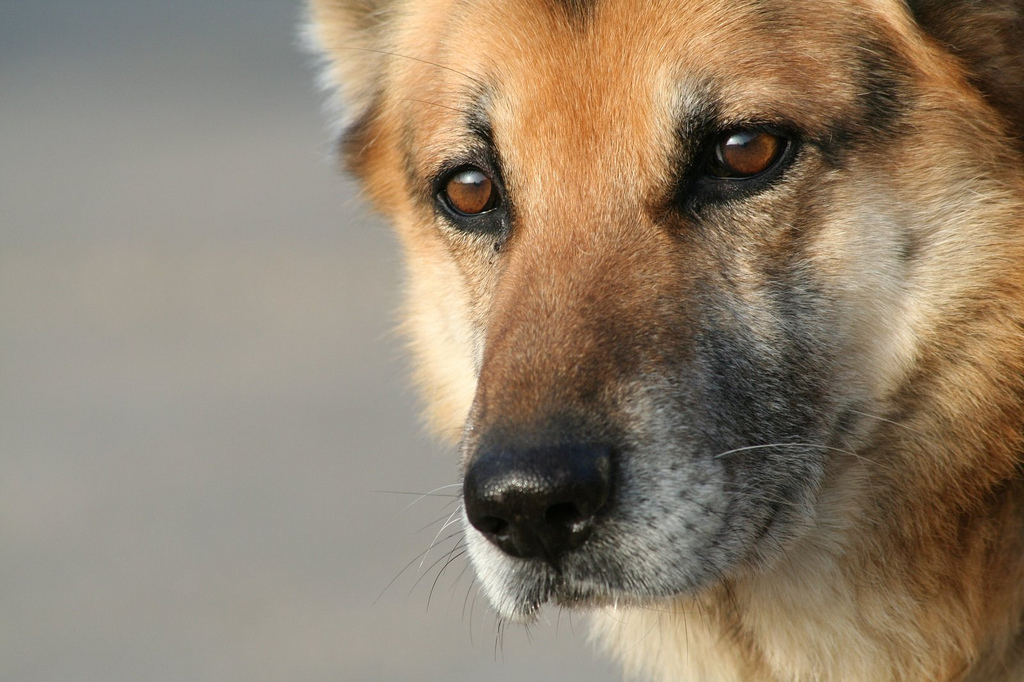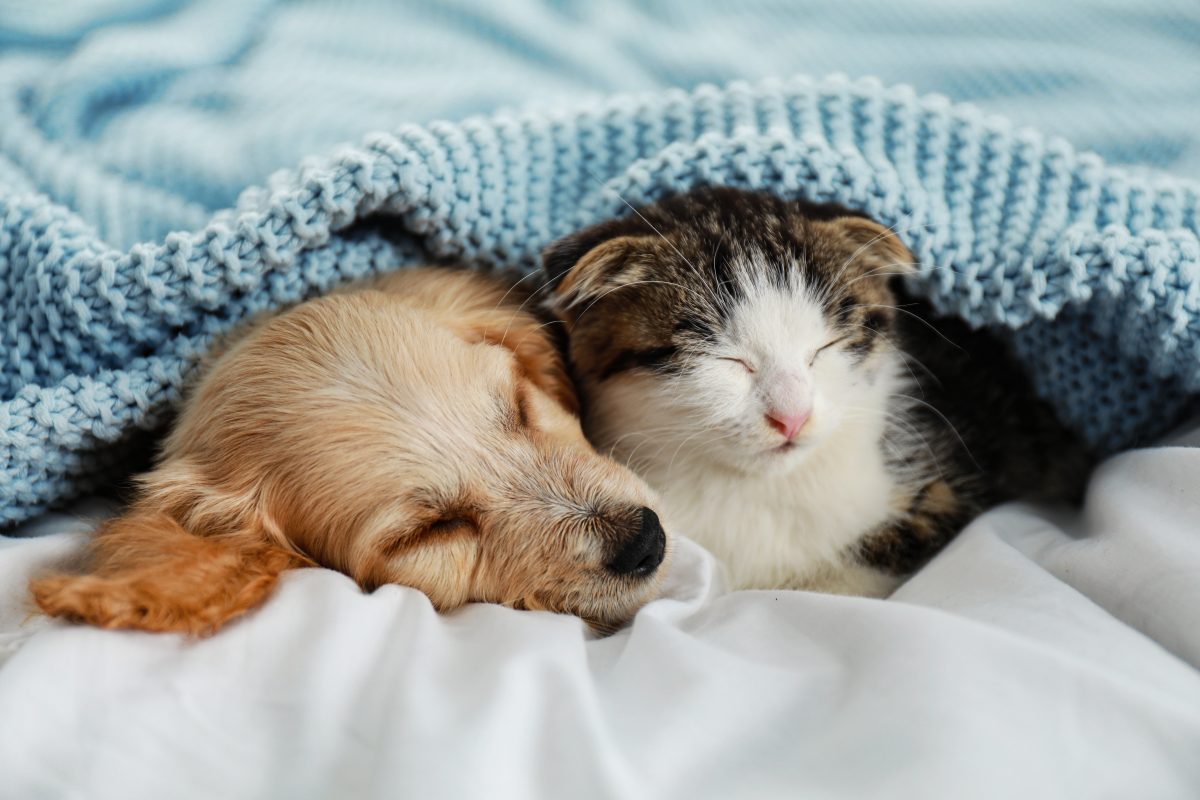La gastric torsion is a very serious pathology which any medium-large dog can easily meet.
The so called GDV, Complex Dilatation / Gastric Twisting is an often acute condition, which consists ofrapid increase in stomach volume and in its rotation on its axis, causing the closure of the inlet and outlet "valves" of the gastric material.
The dilatation / torsion syndrome must be distinguished from the simple dilation which represents however a premonitory and certainly predisposing episode, not to be underestimated absolutely, in fact the gastric dilation without torsion consists in an excessive presence of air or material in the stomach, a good condition triggering the torsion in cases of predisposition or more or less intense physical activity.
Gastric torsion is a very serious pathology, which causes up to 50% mortality in patients transported on time by the veterinary surgeon, and practically the 100% in animals that are not rescued.
SYMPTOMS OF TORSION
The dog, in the course of dilation / gastric torsion, presents theextremely relaxed abdomen, as if it were swollen, with or without abdominal pain, and may manifest retching, without however throwing up any gastric material. The animals sometimes continue to walk, but in an awkward way and with visible abdominal discomfort, even if, in most cases, they are found lying sideways and not very reactive.
HOW TO INTERVENE IN THE EVENT OF SUSPECTED TORSION
In case you suspect a gastric torsion is vital call your veterinarian immediately of trust e transport the animal to its studio. In this way, the veterinarian will have time to contact any help staff, to prepare the room for X-rays and possibly the surgical room, reducing the waiting time of the animal, which is in serious life threatening.
The disease worsens very quickly and it takes only a few hours for the animal to visibly get worse and die! Timeliness is vital!
HOW THE VETERINARY DOCTOR WORKS
Upon arrival of the dog, the veterinarian will evaluate the situation, take a confirmation x-ray and decide how to proceed.
The maneuvers that he can carry out include decompression of the stomach, usually by attempting gastric lavage, to then proceed with emergency surgery to correctly reposition the stomach on its axis and possibly, if necessary, anchor it to the chest wall (gastropexy), so to avoid the recurrence of the disease. In the event of gastric torsion, in addition to the stomach, other organs may also be compromised, first of all the spleen. During surgery the doctor will check the general state of the abdominal organs and decide the best way to continue.
BREEDS, PREPARATION AND PREVENTION
We do not yet know exactly what the exact cause is that causes gastric torsion, even if we know that there are numerous predisposing and triggering factors to be carefully evaluated! The breeds at risk of this pathology are many and still include animals weighing more than 20 kg (although the torsion can be found in small dogs), and in any case the most predisposed breeds are those of big size and with deep thorax, such as the German Shepherd, Great Dane, Dobermann, Cane Corso and many others.
reduce the likelihood of gastric torsion, first of all, avoid dilating the stomach by giving it to our dog small and frequent meals, (2-3 per day) and certainly avoiding the single daily administration. Food should not be easily fermentable to avoid abnormal and rapid gas development, and physical activity should be avoided in the first post-food hours. Feeding the baby food could take place on a raised floor and the animal should be left alone to avoid too rapid feeding with possible swallowing of air.
A last method to avoid twisting involves preventive gastropexy (blocking the stomach to avoid twisting on its axis), but, since the latter is a real surgery, it would be useful to first use all the other preventive methods and evaluate the predisposition or less than the subject before considering this option. The veterinarian will then evaluate the individual case, the pros and cons together with the "owner" of the animal.
Dr. Paola Zintu, veterinarian
Photo: Ezio Melotti



















